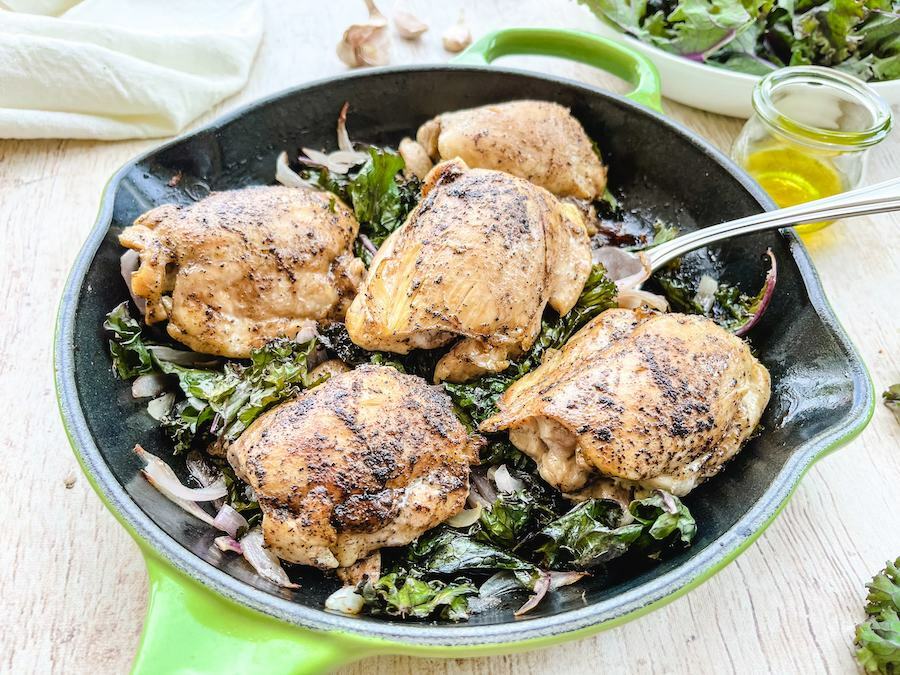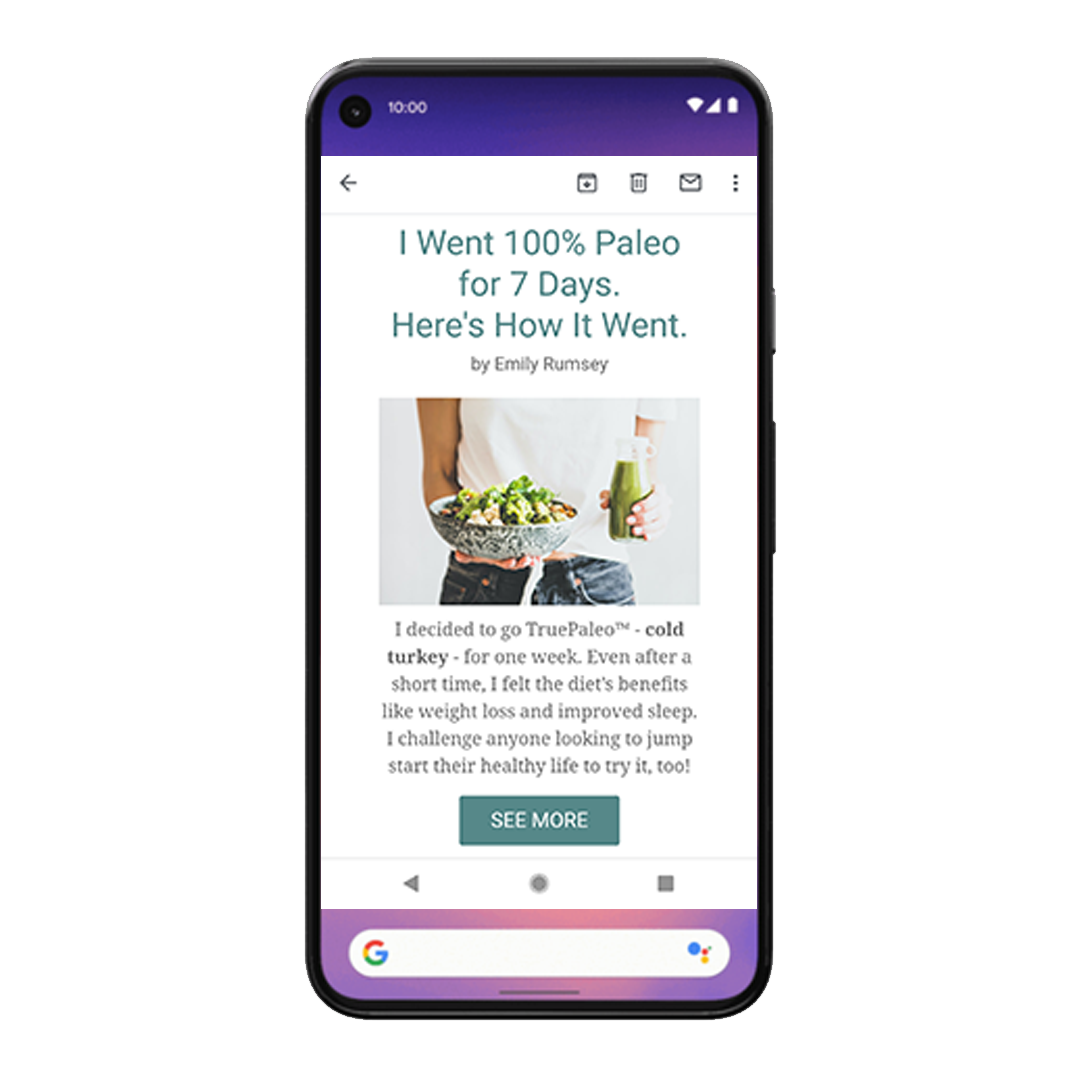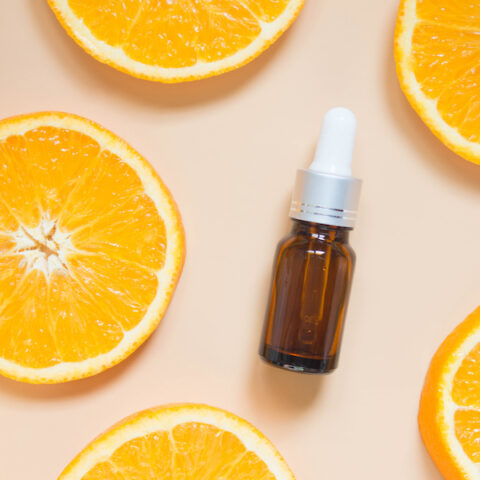How to Avoid Disease and Stay Healthy for Life

Practicing The Paleo Diet can help to reverse the damaging effects of modern living and help you avoid disease and stay healthy for life. Research highlights specific ways that we can shift directions from modern, chaotic, disease-prone living to optimized health. While every person has their own genetic profile, some general principles apply to all human health.
Our bodies did not evolve for today’s modern, fast-paced world. Before electricity, people would have to call it a day when the sun dipped below the horizon. Now, we flip a switch and keep working—sometimes around the clock. Instead of resting, we’re getting too much exposure to blue light, which further wreaks havoc on our circadian rhythms. No wonder humans today are more prone to chronic disease!
Here’s how you can make key changes to your diet and lifestyle to help prevent common diseases.
Dietary Changes That Can Improve Your Health

The Paleo Diet is more than just a series of foods to eat and avoid. It is a lifestyle backed by principles that focus on decreasing disease pathology in the body and optimizing how the body was physiologically designed to function.
Here are three ways to become your healthiest self through The Paleo Diet.
1. Eliminate Simple Sugars
Chronic health problems like diabetes and heart disease are rampant, and it’s no coincidence that simple sugars are found in nearly all convenience foods. Whether it’s soda, sweets, or ultra-processed white flour, modern America is toppling under the weight of an excessively high glycemic load.
Disease processes often begin with metabolic dysfunction. Living a healthy life starts by avoiding these simple sugars and consuming plenty of plant foods instead — especially those that are seasonal.
2. Eat High-Quality Protein
We need protein to be healthy, but low-quality proteins comprise a majority of the American diet. Meat from factory farms contain less antioxidants than their grass-fed counterparts because their treatment, such as the antibiotics and feed the animals are given, have a big impact on quality. [1, 2]
Whenever possible, choose natural, grass-fed meats and wild-caught seafood to maintain a better nutritional profile. And consider that plant-based proteins are actually low quality protein sources.
3. Avoid inflammatory foods
Grains and dairy products are some of the most inflammatory foods in the American diet today. Grains, especially gluten, do not look like the ancient grains that they originated from (not that those ancient grains were part of our ancestors’ diets either.) Modern wheat has been bred to be more pest-resistant and to produce higher yields. As a result, modern wheat has a higher content of anti-nutrients like gluten and α-Amylase/Trypsin Inhibitors than wheat of old. [3]
As much as modern dietary guidelines would like to convince you otherwise, grains and dairy are not vital for human subsistence. Ditching them can decrease inflammation and lead to better gut health, immunity, and digestion.
Make Lifestyle Changes for a Big Health Boost

Going Paleo is about more than just food. Here are four fundamental ways you can adopt a more active, healthy lifestyle to keep chronic disease at bay.
1. Keep a Healthy Body Weight
Obesity is a worldwide health problem, but diet alone isn’t the cause. Constant stress, busy schedules, and unhealthy relationships with food all contribute to the greater complication of nutrient-deprived obesity. The assumption that a person who is overweight is automatically consuming too much is missing the bigger picture. In fact, being overweight is associated with malnutrition every bit as much as being underweight. [4]
Maintaining an ideal body weight is a critical way to promote health and longevity, but doing this by cutting calories is not always feasible. When the diet shifts from nutrient-poor to nutrient-dense, regardless of calories, the body will be able to heal from inflammation overload, stress, and chronic deprivation of vital nutrients.
2. Try Fasting
While fasting is not for everyone (and can cause problems for women), many studies find benefits in periodic fasting. A person’s individual genetic makeup, current state of health, and desired benefits all influence how fasting may affect them.[5]
Overall, frequent intermittent fasting may be the most effective method over time, with the fewest potential downsides. While a certain length of time, generally at least 10 to 12 hours is needed, it still doesn’t take a lot of time to promote autophagy in the body—the process of breaking down and getting rid of old and damaged cells. It also leads to improved cell growth and replication. [6] While we don’t condone doing very long periods of fasting, we suggest trying a 12-hour fast once in a while and seeing how your body responds.
Related: What to Eat During Intermittent Fasting
3. Move Your Body

The human body was designed to move, but many of us live sedentary lives. Movement can become second nature again if we think of it in terms of oxygenating the cells, tissues, and organs in our body. You don’t have to be a cyclist, a runner, or an athlete to find joy in moving your body on a regular basis. Framing it in light of disease prevention and energy production is often more relatable to people who do not enjoy exercise for sport, competition, or “getting skinny.” Try going for a walk, doing yoga at home, or finding a stretch routine to do every morning.
4. Get Plenty of Sleep
Sleep is highly underrated given its potential to slow and reverse chronic disease trajectories. Getting healthy amounts of sleep can: [7, 8]
- Improve your mood
- Reduce body weight
- Promote healthy immune defenses
- Reduce the risk of diabetes
- Lower the stress response
Don’t get stuck into thinking that rest is for the weak. Without enough sleep, the body can’t heal itself and without quality sleep, we begin to function from a place of detriment.
Try establishing a regular bedtime at a reasonable hour to get into a better routine. Avoid electronics or working late at night as well. Our brains aren’t ready to sleep deeply if we’re working right up to the moment we collapse into bed! We need downtime where we are not constantly stimulated by apps, communications, and visual entertainment.
Related: Want to Optimize Your Health? Get Quality Sleep.
The Bottom Line
Diabetes, cancer, CVD, and other chronic diseases are common in modern America. To help combat your risk, focus on improving your diet, getting plenty of sleep, and moving every single day!
References:
[1] Daley, C. A., Abbott, A., Doyle, P. S., Nader, G. A., & Larson, S. (2010). A review of fatty acid profiles and antioxidant content in grass-fed and grain-fed beef. Nutrition journal, 9, 10.https://doi.org/10.1186/1475-2891-9-10
[2] Descalzo, A. M., Rossetti, L., Grigioni, G., Irurueta, M., Sancho, A. M., Carrete, J., & Pensel, N. A. (2007). Antioxidant status and odour profile in fresh beef from pasture or grain-fed cattle.Meat science, 75(2), 299–307. https://doi.org/10.1016/j.meatsci.2006.07.015
[3] Pronin, D., Börner, A., Weber, H., & Scherf, K. A. (2020). Wheat (Triticum aestivum L.) Breeding from 1891 to 2010 Contributed to Increasing Yield and Glutenin Contents but Decreasing Protein and Gliadin Contents. Journal of agricultural and food chemistry, 10.1021/acs.jafc.0c02815. Advance online publication. https://doi.org/10.1021/acs.jafc.0c02815
[4] World Health Organization. (2020). Malnutrition. https://www.who.int/news-room/fact-sheets/detail/malnutrition
[5] Stockman, M. C., Thomas, D., Burke, J., & Apovian, C. M. (2018). Intermittent Fasting: Is the Wait Worth the Weight?. Current obesity reports, 7(2), 172–185.https://doi.org/10.1007/s13679-018-0308-9
[6] Antunes, F., Erustes, A. G., Costa, A. J., Nascimento, A. C., Bincoletto, C., Ureshino, R. P., Pereira, G., & Smaili, S. S. (2018). Autophagy and intermittent fasting: the connection for cancer therapy?. Clinics (Sao Paulo, Brazil), 73(suppl 1), e814s.https://doi.org/10.6061/clinics/2018/e814s
[7] Hirotsu, C., Tufik, S., & Andersen, M. L. (2015). Interactions between sleep, stress, and metabolism: From physiological to pathological conditions. Sleep science (Sao Paulo, Brazil),8(3), 143–152. https://doi.org/10.1016/j.slsci.2015.09.002
[8] Eugene, A. R., & Masiak, J. (2015). The Neuroprotective Aspects of Sleep. MEDtubescience, 3(1), 35–40. https://www.ncbi.nlm.nih.gov/pmc/articles/PMC4651462/
Aimee McNew
Aimee McNew is a nutritionist and writer who focuses on women’s health, infertility, and postpartum wellness.
More About The Author




